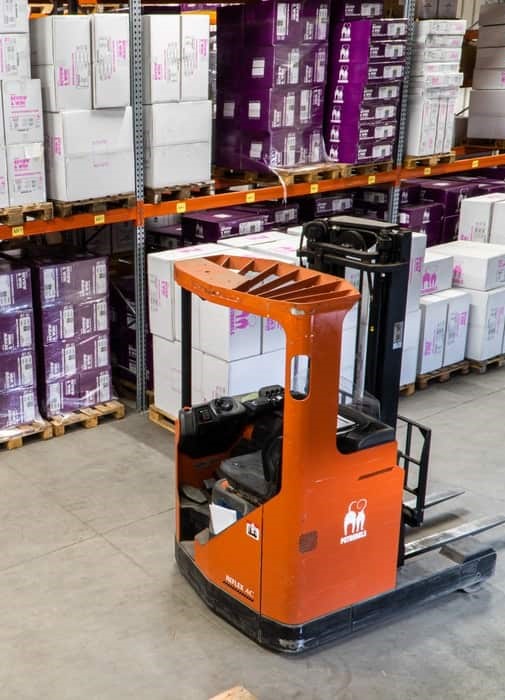What is Data Mining?
With the new industrial revolution and the emergence of massive storage solutions, companies are able to manage more and more data. Data mining is a decision-making data mining tool that allows to exploit this data.
On the borderline between AI and IT, data mining is an analysis tool that can extract significant information from databases. In other words, it can transform the data it exploits into useful information.
To do this, it relies on complex algorithms that segment data, whether operational or non-operational, and establish correlations between them in order to create trends and patterns.
Data mining: for what purpose?
All the information collected, which is centralised thanks to the data warehousing process, will then be used to improve the company’s performance, by anticipating future trends, for example.
Depending on the objective of the analyses desired by the company, there are different types of data mining, including :
- Association, which allows the search for correlations between the data of two related events;
- Sequence analysis, which looks for links between two successive events;
- Classification, which looks for correlations between distinct events;
- Clustering or prediction.
The stages of process mining
Process mining is done in several stages:
- Discovery, during which the actual process is visualised from the data.
- Conformance, during which the actual process is compared with the theoretical model.
- Improvement, during which the data is transformed into usable data in order to derive areas for improvement.
- Simulation, where Process Mining simulates new processes in order to project them into future scenarios to analyse their efficiency.
To improve a company’s productivity, Process Mining can, for example, use data to detect bottlenecks, aberrations or redundancies in a production line. Once identified, these elements can be rectified, for example by eliminating bottlenecks through the automation of certain processes.
An indispensable tool
Coupled with other technological innovations or Lean Management tools, such as Value Stream Mapping (VSM), Process Mining can considerably improve a company’s productivity and is a tool of choice for companies dealing with vast amounts of data.
Written by Emma Guignard





